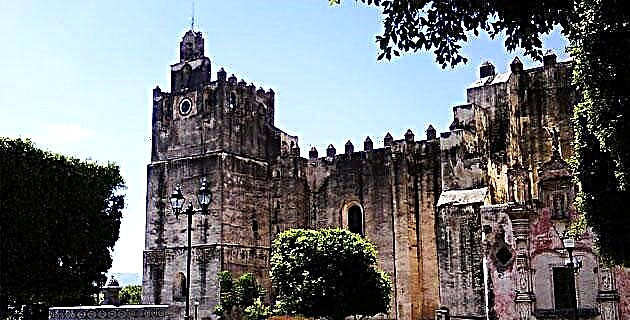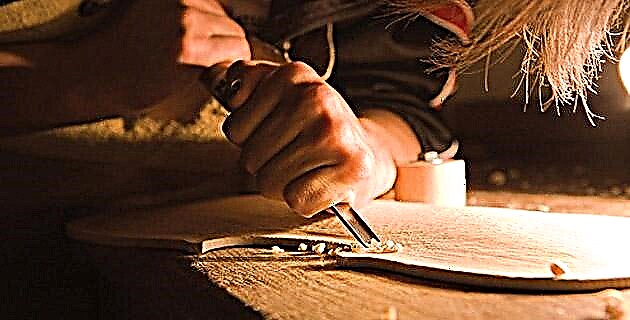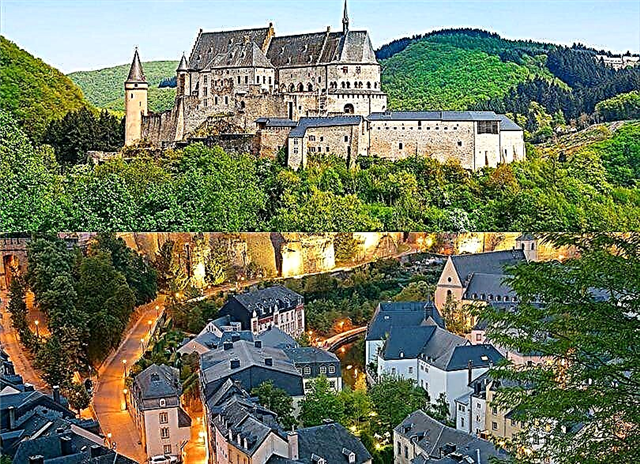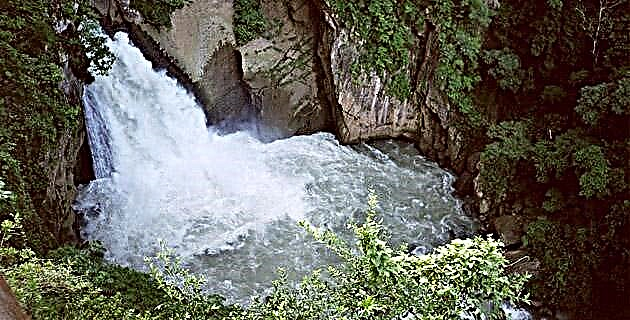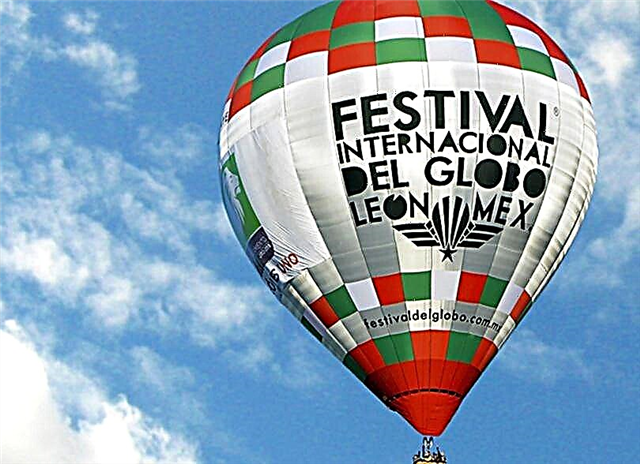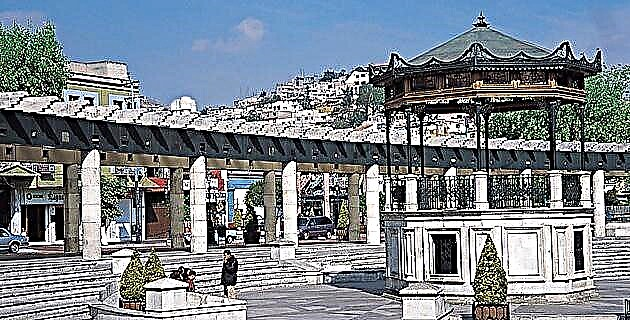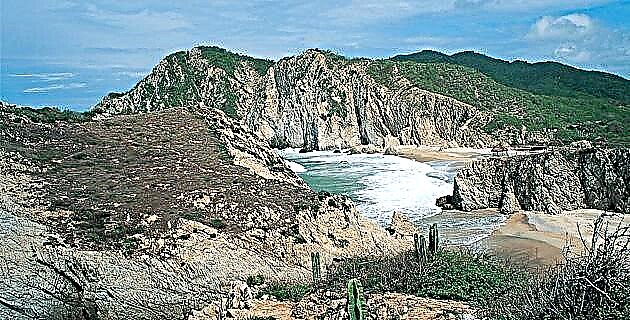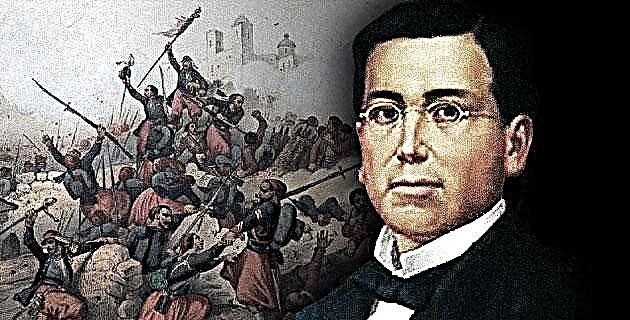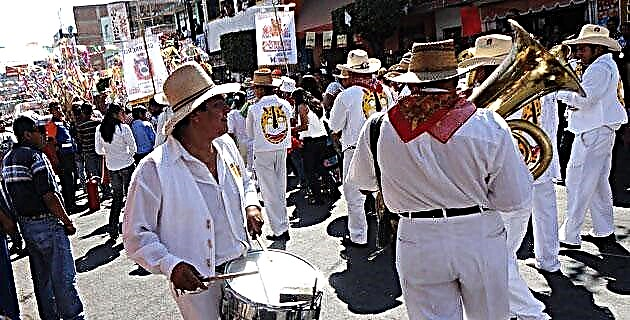
Since 1825, rivers of color, music and tradition run through the streets of Chilpancingo once a year, the Sunday before Christmas.
Dance groups arrive from several of the 75 municipalities of the state of Guerrero to participate in this parade that was born in the San Mateo neighborhood: it is the so-called Paseo del Pendón, which has come to include more than 1,500 participants in about fifty dances, as well as dozens of bands of wind instruments and floats.
WALKING BANNERS
The tradition of the Paseo del Pendón has its most distant origin in 1529, when the council of the nascent Mexico City ordered that a festival be held in honor of San Hipólito on his day –August 13–, the date Tenochtitlan succumbed to the hands of Hernán Cortés and the birth of the capital of New Spain. At the same time, it was ordered that on the eve of said celebration the banner or banner of Mexico City be removed from the town hall and carried in a solemn procession to the church of San Hipólito.
In 1825, when Chilpancingo belonged to the province called Mexico (current states of Guerrero and Mexico), Nicolás Bravo decreed that every year a holiday fair be held in the city (perhaps in memory of Mexico), which would also be announced by middle of a banner. Since then, the San Mateo fair, Christmas and New Years continue to be celebrated in Chilpancingo from December 23 to January 7, and the Paseo del Pendón continues to be its preamble, eight days before December 24 (always on Sunday). The people of Chilpancingo often say that if there is a bad banner, the fair will go wrong, but if there is a good banner, the fair will be fine.
At the beginning, only the tigers and the tlacololeros participated in the Walk, and only in the San Mateo neighborhood, where this dance festival began. Little by little the other neighborhoods joined, then towns and regions of the state (from Morelos, even, the influence of the Chinelos arrived, some 28 years ago, when a Guerrero teacher who lived in Yautepec brought dance and it took root) .
A MORNING OF HAPPY PREPARATIONS
Plaza de San Mateo, at 10:30 am. Participants arrive from all the streets, including several children in their tiger and tlacololerito costumes. The marching bands approach and begin to play one after another.
There are more and more people and more atmosphere. Organizers, participants, guests, neighbors ... everyone laughs, they enjoy the start of their Banner. By 11 in the morning, the San Mateo square bustles with rattles, machetes, bands and the turns of the dances prior to the parade.
The banners that announce the neighborhood or the population of each contingent that now fill the surroundings of the square are then unfolded. The tigers here, the lizards there, the masks everywhere, and the whips of the tlacololeros that do not stop ringing.
And then, down the street that goes down and joins the San Mateo square with the central square of Chilpancingo, the huge parade begins: the name ahead and the recognition of the importance on a banner that says “Paseo del Pendón, tradition unites us ”. Next, the inevitable rocketeer, and then the young ladies on horseback, who gracefully carry the banners of the Banner and the Town Hall.
After the horses comes the decorated donkey that carries its barrels of mezcal, a traditional figure in the parade (it is said that since 1939 the son of a chief from the town of Petaquillas promised to carry and distribute mezcal to the Paseo del Pendón, helped by his donkey) . Behind it appears the allegorical car with Miss Flor de Noche Buena, followed by government authorities, organizers, guests and representatives of the four neighborhoods of Chilpancingo: San Mateo, San Antonio, San Francisco and Santa Cruz.
VISUAL AND AUDITORY BANQUET
What follows then is the endless dance, the endless stream of characters of a thousand shapes and colors, between shouts and stomping, between the melodious notes with pre-Hispanic flavor of the reed flutes, the drum that indulges itself marking the rhythms of the dances, rattles and laughter, the admiration and applause of those who form the fence throughout the city.
The Dance of Tlacololeros stands out for the diffusion it has and for its large number of performers; for their impressive masks, the devils of Teloloapan; for its antiquity, the Dance of Tigers, like that of Zitlala.
In Altamirano Street, people offer the sweaty dancers, in addition to their recognition, fresh water, fruit and the traditional mezcalito.
A long slope announces the proximity of the bullring, where the Banner with the Porrazo del Tigre culminates, a fight with a strong pre-Hispanic flavor in which each representative of the four neighborhoods of the city, dressed in their yellow clothing with black spots (which represents the jaguar), compete with others in a playoff. To the sound of the drum and the shawm, the combatants try to knock each other down to immobilize for a moment with their backs on the ground. Finally the combat is defined and the public of the winning neighborhood flies from their seats and explodes in a passionate shouting. Although there are those who say that dances should not be taken from their villages, others affirm that with acts like this they are promoted and disseminated. “Chilpancingo - says Mario Rodríguez, current president of the Fair 2000 Board of Trustees - is the heart of Guerrero, a quiet and peaceful heart during the first eleven months of the year, but in December this heart begins to beat with strength and enthusiasm, pretending to infect of joy to the rest of our land ”.

